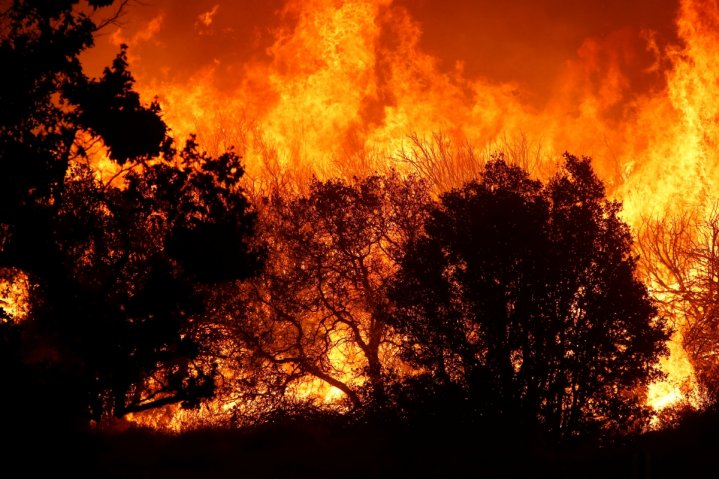
NASA, the world's leading space agency has revealed that their advanced satellite instruments are capable of detecting and tracking wildfires in all nooks of the globe. According to NASA, their satellite instruments managed by the Jet Propulsion Laboratory in California is the first instrument to detect wildfires burning in remote regions.
NASA has deployed a fleet of instruments to observe the earth from their orbit and many of them is designed to contribute to our understanding of fire on our planet. For example, the polar orbiters, the satellites around the poles take detailed looks on smoke around the world. In the meantime, satellites in geostationary orbit provide coarse resolution imagery of fire and clouds in every fifteen minutes.
"NASA's satellite, airborne and field research capture the full impact of fires in the earth system, from rapid detection of actively burning fires, transport of smoke and changes in ecosystems in the days to decades following fire," said Doug Morton, a research scientist at NASA's Goddard Space Flight Center.
With the satellites deployed, the space agency can easily detect wildfires and can quickly send vital data regarding the size and location to the land managers.The remote sensing data collected by NASA on wildfires can be quickly put to work in aiding disaster management efforts.
"Over the last two years, NASA's Disasters Program has ramped up to build infrastructure and continue to forge new relationships between international, regional and local natural disaster response agencies and other earth-observing space agencies around the world," wrote NASA on its official website.
NASA also revealed that astronauts in the International Space Station are also playing a crucial role in detecting and managing wildfires on the earth.
"Astronauts aboard the International Space Station have a unique vantage point and provide camera and video imagery of wildfires and smoke transport while they orbit Earth. These ISS datasets also contribute to the library of continuous monitoring and observations of wildfires and other Earth phenomena that scientists and fire managers use daily here on Earth to make effective discoveries and support wildfire management decision processes," said NASA.









